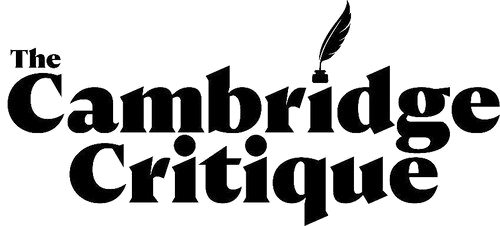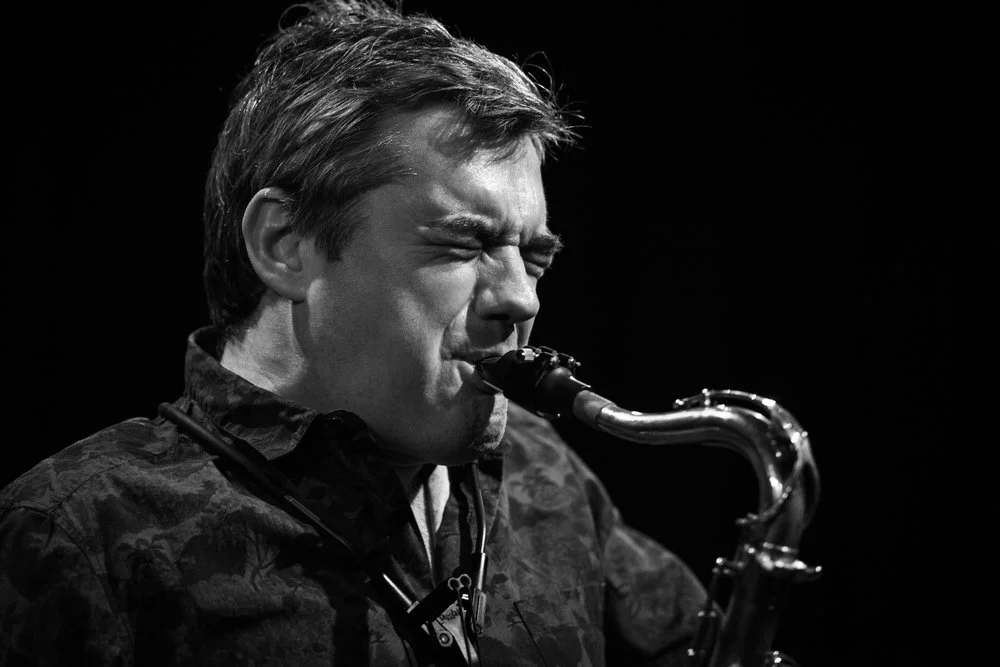ANOTHER SIDE OF STUBBS; NEWMARKET PALACE HOUSE
Tiger, Lateral View
© Yale Center for British Art, Paul Mellon Collection
STUBBS AT PALACE HOUSE NEWMARKET
It has to be Newmarket this summer. No, not for a flutter. The renowned rendezvous for runners and riders has transformed into a centre for Art, History and some remarkable surprises. In fact the whole smorgasbord of scientific and cultural interest there is a revelation. Follow these instructions. Float off on a comfortable train ride through pristine countryside reminiscent of British Rail circa 1952 (guard and ticket collector thrown in for a mere £6.50 return) and arrive, sadly not at the grand station of yester year, but nonetheless a toy town stop off five minutes walk from the attractions. Which this year are quite arresting.
Yale University has a Center for British Art a galling experience to view. On a tour of it, one friend complained ‘Send all this back, it’s ours’ to which his native guide snapped, ‘Well at least we paid for it unlike you’.
So the Paul Mellon collection has generously lent a slew of works, which throw an entirely new light on our own familiar George Stubbs and his horse pictures.
Now part of the Summer of Science with the National Heritage Centre in the heart of Newmarket, these images are an intriguing revelation. Who knew that George Stubbs was a Liverpudlian son of a humble tanner (hold that tanner thought) whose first calling was medicine? The exhibition, inspired by the ultra knowledgeable Curator Professor Philip Warner reveals Stubbs’ first detailed sketches of babies within the womb, brilliantly done in the style of Leonardo no less. Stubbs worked at York Hospital and was dedicated to anatomy. For some reason (the money?) he got diverted from medicine into the dissection of horses and finally painting the live thing with famous brilliance, but he was intrigued by the connection between all animals and the human anatomy. The drawings of Macau monkeys, a tiger and a human being were still ongoing when at the age of 84 he calmly sat down after his morning constitutional walk, announced he had no fear of death, said Goodbye to his wife and left the scene. But the drawings did inform his entire life. What emerges from these remarkable American loans is how concerned Stubbs was with living things and long before Darwin, clearly outlined their connection.
In a world where Man was Lord of all he surveyed this implicit view in his work is unusual. Stubbs’ contribution to the Enlightenment is outstanding. Even a beautiful large painting of the Death of a Doe, is suffused with a sense of animals’ sentient nature - and their suffering at the hands of Man (the cheerful gamekeeper has a small knife almost concealed in one had as he holds the gentle doe’s head towards the viewer). This thoughtful painting alone was well worth its trans Atlantic trip.
Stubbs nevertheless led the life of an eighteenth century workman artist. He was nothing if not hands-on. A certain Mr. Digby had a famous menagerie in London. An illustration of the man and his entourage is an entertaining exhibit – but when his prize Bengal tiger died (one can only shudder at what kind of life that creature had in Regency England) Stubbs was round there like a flash, paid six guineas and took it away. That night he, in the words of Professor Warner he exsanguinated it ( hmm moving on) skinned it and began a detailed study of its sinews, muscles and bone structure. He published it in his acclaimed work where he applied his empirical methods of draftsmanship - and observation to analyze the core similarities between the tiger a fowl and a man. Comparative Anatomical Exposition reflected the fundamental characteristics of all living creatures. Stubbs was 71 and a flourishing equine painter, when he began on this serious and productive line of study – he never completed it.
In the back of the exhibition hangs an incongruous rack of tiny white laboratory coats alongside a 3D printer ready for the arrival of children who will have the chance to discover or uncover and interest in bones, anatomy and the way creatures work. The Summer of Science entire exhibition is one to reverse preconceptions - Stubbs ‘tedious painter of over familiar racehorses too often seen on place mats’ – to ‘Stubbs the da Vinci of Suffolk, a daring and robust explorer into the nature and connection of man and animals.’
Take that N train - so peaceful - and see all this before the Americans snaffle back our national heritage
(Paid for or Not) by the end of September. Actually it’s in Milton Keynes at the super modern MK gallery after that – but a trip there whilst worthwhile – would not include the atmosphere of Newmarket’s recovered glory, which does significantly a newly opened modern café – exit via the restaurant for a perfect trip back in time.
An Introduction to Stubbs is at The National Heritage Centre for Horseracing and Sporting Art until 26 September 2019







